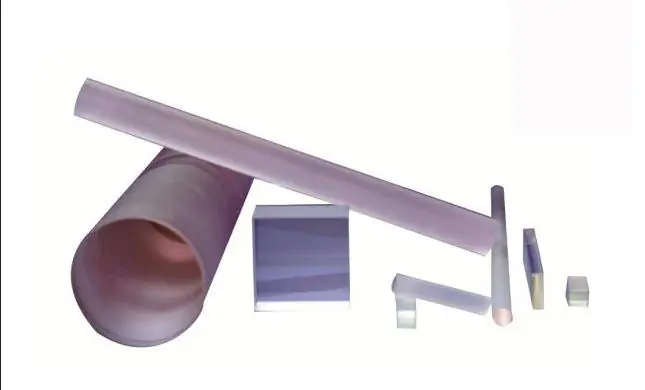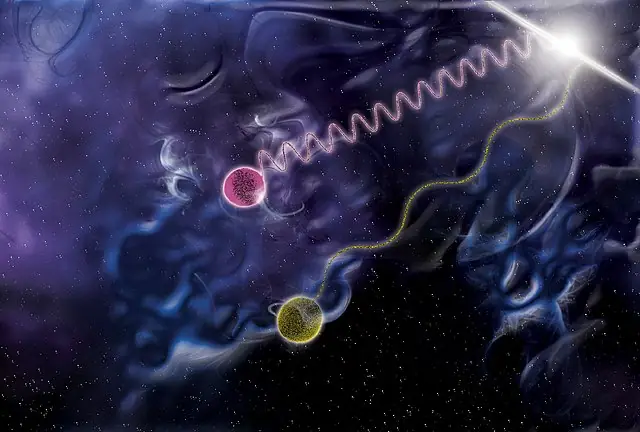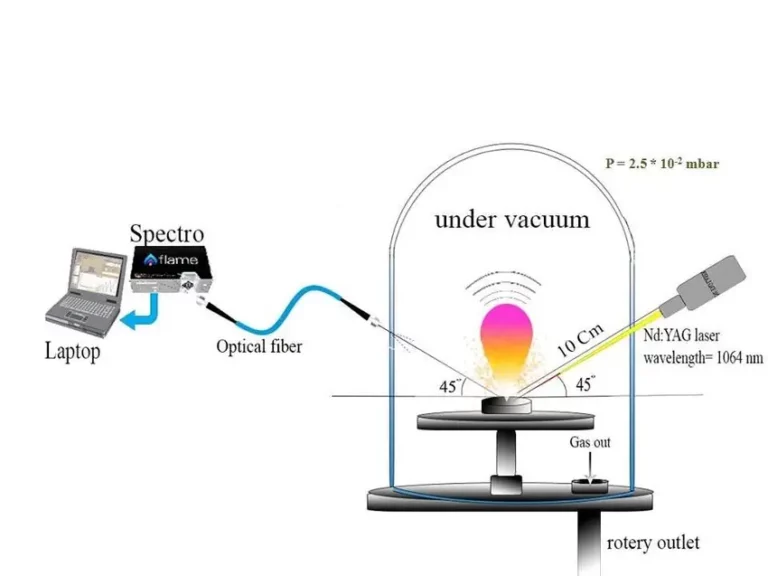What does the technique of interferometry allow?

What does the technique of interferometry allow? Since its inception in the late 19th century, interferometry has been revolutionizing various fields of science and engineering. It is a powerful tool that uses the interference of light waves to make precise measurements of physical quantities, enabling high-precision measurements, detection of small displacements and vibrations, imaging and mapping of astronomical objects, and much more. In this article, we will explore the different types of interferometry, its applications, advantages, and limitations.
What is Interferometry?
Interferometry is a measurement technique that uses the interference of light waves to make precise measurements of physical quantities. It works by splitting a beam of light into two separate paths and then recombining them to create an interference pattern. The resulting pattern contains information about the relative distances and angles between the two paths.
There are several types of interferometers, including Michelson, Mach-Zehnder, Fizeau, and Fabry-Perot interferometers. Each of these interferometers has its own unique properties and is suited for different applications.
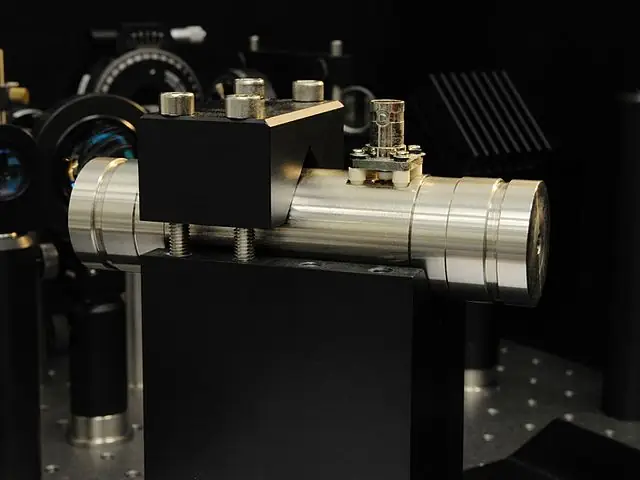
What does Interferometry Allow?
Interferometry allows for a range of applications, including:
- High-precision measurements: Interferometry can measure distances and angles to sub-nanometer accuracy. This level of precision makes it ideal for applications that require very accurate measurements, such as semiconductor manufacturing or optical testing.
- Detection of small displacements and vibrations: Interferometry can detect small displacements and vibrations, such as those caused by earthquakes or machine vibrations. This makes it useful in fields like seismology, structural engineering, and machine monitoring.
- Imaging and mapping of astronomical objects: Interferometry can be used to create images of astronomical objects, such as stars, planets, and galaxies. By combining the signals from multiple telescopes, astronomers can create images with much higher resolution than is possible with a single telescope.
- Testing of optical surfaces and components: Interferometry can be used to test the quality of optical surfaces, such as lenses or mirrors. By measuring the shape of the surface, interferometry can determine whether the surface is flat or curved to the desired degree of accuracy.
- Characterization of materials and surfaces: Interferometry can be used to measure the thickness and refractive index of thin films, as well as the roughness and other surface properties of materials.
- Analysis of biological samples: Interferometry can be used to study biological samples, such as cells or tissues, by measuring the refractive index or thickness of the sample. This makes it useful in fields like biomedical engineering and biophysics.
Applications of Interferometry
Interferometry has many applications in science and engineering, including:
- Astronomy: Interferometry is used to study stars, planets, and galaxies. By combining signals from multiple telescopes, astronomers can create images with much higher resolution than is possible with a single telescope.
- Engineering: Interferometry is used to test the quality of optical components, such as lenses or mirrors. It is also used to monitor the vibrations of machines and structures, and to measure the shape of complex surfaces.
- Physics: Interferometry is used to measure small displacements and vibrations, such as those caused by earthquakes or machine vibrations. It is also used to study the properties of materials, such as their refractive index or thickness.
- Materials Science: Interferometry is used to characterize the surface properties of materials, such as their roughness or thickness. It is also used to study the properties of thin films, such as their thickness or refractive index.
- Biomedical Science: Interferometry is used to analyze biological samples, such as cells or tissues, by measuring their refractive index or thickness. It is also used to study the properties of biological membranes, such as their thickness or elasticity.
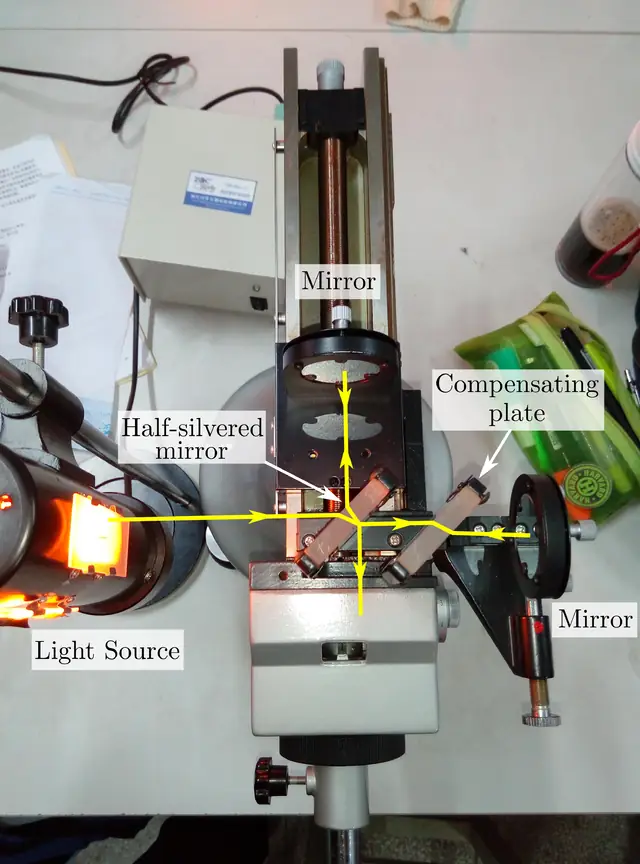
Advantages and Limitations of Interferometry
Interferometry has several advantages over other measurement techniques. It is non-invasive, meaning that it does not damage the sample being measured. It is also very versatile, meaning that it can be used to measure a wide range of physical quantities. Interferometry can provide very high levels of precision, which makes it ideal for applications that require very accurate measurements.
However, interferometry also has some limitations. It requires expensive equipment, which can make it inaccessible to some researchers. It also requires a stable environment, meaning that it may not be suitable for use in the field. Finally, interferometry is limited to certain materials and surfaces, which can make it difficult to use in some applications.
Conclusion
Interferometry is a powerful tool that has revolutionized many fields of science and engineering. Its ability to make high-precision measurements, detect small displacements and vibrations, and create images of astronomical objects has made it a valuable tool for researchers in many different disciplines. While it has some limitations, its versatility and precision make it an essential tool for many applications. As research and development continue, the potential of interferometry will undoubtedly continue to expand, providing valuable insights into the properties of materials, structures, and biological samples.

